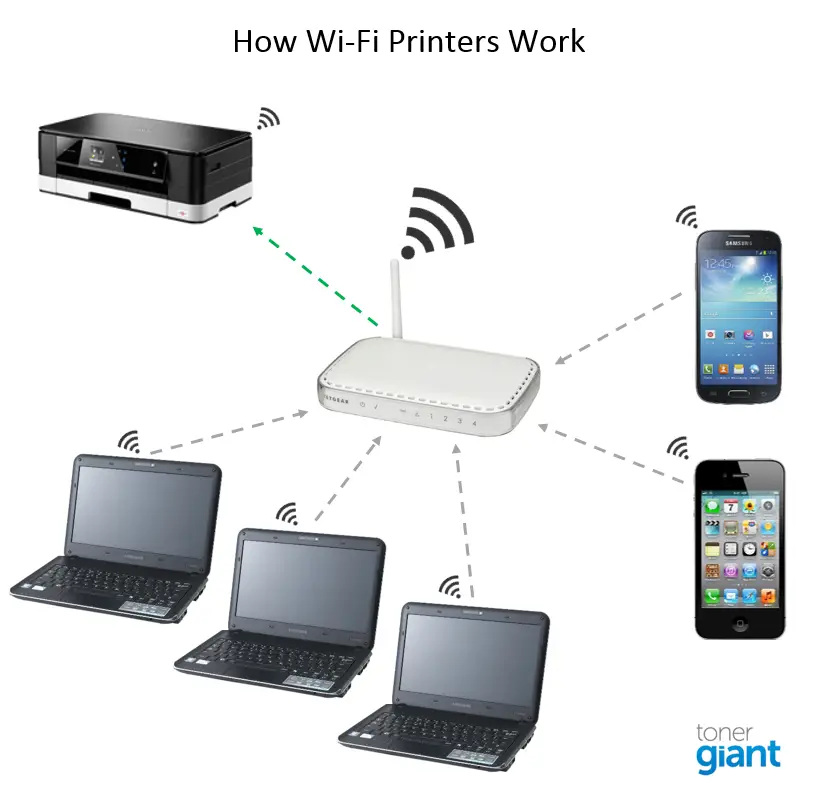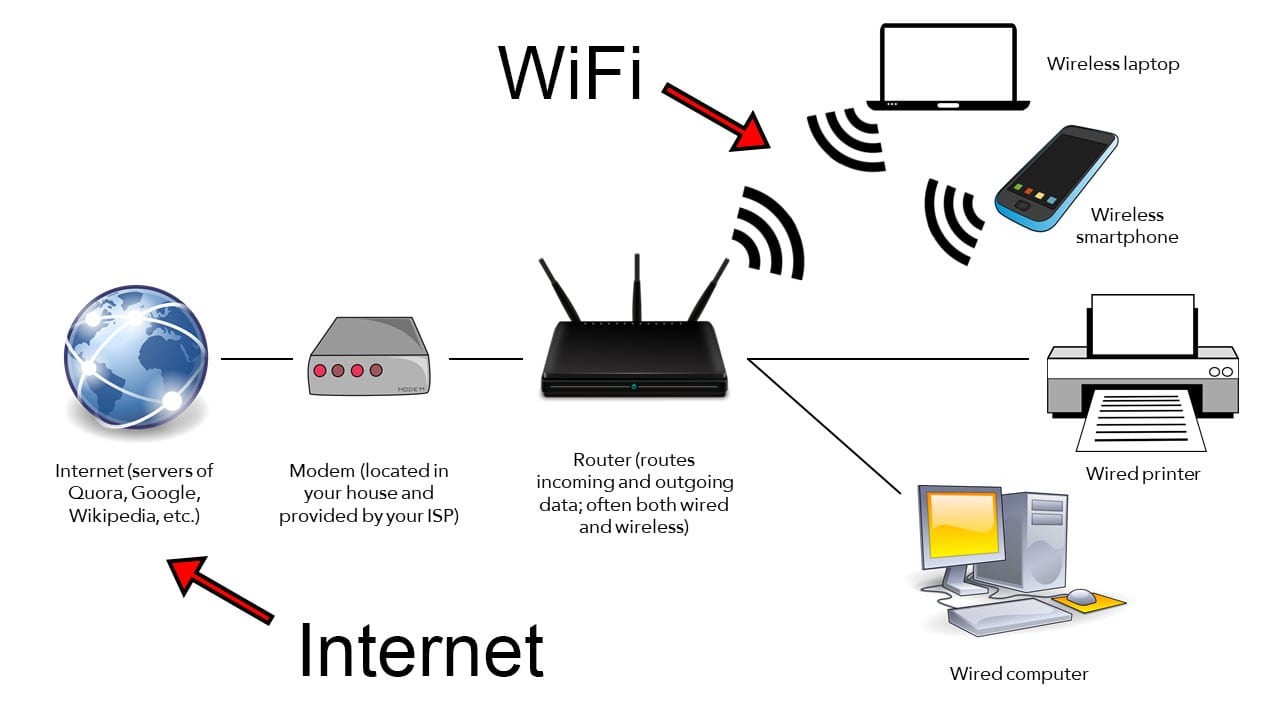
What is the Difference between Wireless And Wifi Printer
If you’re in the market for a new printer, chances are you’ve come across the terms “wireless” and “WiFi” printers. While the two may sound similar, there are crucial differences between them that can impact your printing experience. In this article, we’ll break down the disparities between wireless and WiFi printers to help you make an informed decision.

Credit: www.hellotech.com
What is a Wireless Printer?
A wireless printer is a device that can print without being directly connected to a computer or other devices through cables. Instead, it uses wireless technology, such as Bluetooth or WiFi, to receive printing commands from connected devices within its range. Wireless printers offer the flexibility of printing from multiple devices without the hassle of physical connections.
What is a WiFi Printer?
On the other hand, a WiFi printer specifically refers to a printer that connects to a network using WiFi technology. This means that the printer can be accessed by any compatible device connected to the same WiFi network. With a WiFi printer, multiple users can easily share the same printing resource, making it a convenient choice for homes and offices with multiple users.
The Key Differences
Now that we have a basic understanding of wireless and WiFi printers, let’s delve into the key differences between the two:
| Aspect | Wireless Printer | WiFi Printer |
|---|---|---|
| Connectivity | Relies on wireless technologies like Bluetooth or WiFi to connect directly to individual devices. | Connects to a network using WiFi, allowing multiple devices on the same network to access the printer. |
| Device Compatibility | Suitable for individual device printing within the printer’s range. | Ideal for shared printing within a network or multiple devices. |
| Usage | Suitable for personal or small-scale printing needs. | Best suited for shared printing in homes or offices. |
| Setup | Simple setup process requiring connection to individual devices. | Requires network setup and connection to WiFi for access across multiple devices. |
| Flexibility | Offers mobility and freedom to print from any location within the printer’s range. | Enables shared access and printing from multiple devices within the same network. |

Credit: www.youtube.com
Do Wireless Printers Need WiFi?
One common misconception is whether a wireless printer requires WiFi to function. The answer is no, as a wireless printer can utilize other wireless technologies like Bluetooth to connect to devices. However, WiFi connectivity offers the advantage of network sharing and remote access to the printer, making it a more versatile option for multiple users.
Choosing the Right Printer for Your Needs
When deciding between a wireless and a WiFi printer, it’s essential to consider your specific requirements. If you’re looking for a personal printing solution with the convenience of wireless connectivity, a wireless printer might be the ideal choice. However, for shared printing among multiple devices within a network, a WiFi printer offers seamless accessibility and convenient sharing capabilities.
Frequently Asked Questions Of What Is The Difference Between Wireless And Wifi Printer
Does A Wireless Printer Need Wi-fi?
Yes, a wireless printer requires a Wi-Fi connection for wireless printing. Although the printer itself does not need internet access, it connects to devices over Wi-Fi for printing.
Is Wireless The Same As Wi-fi?
Wireless and Wi-Fi are not the same. Wireless refers to the ability to connect devices without physical cables, while Wi-Fi specifically refers to a wireless network connection using routers and modems. Wi-Fi allows devices to connect to the internet, while wireless can function without internet access.
What Does A Wireless Printer Mean?
A wireless printer can print without USB cables. It connects to devices via WiFi or Bluetooth®.
Is Wi-fi Direct Better Than Wireless Printer?
Wi-Fi Direct provides faster, more secure direct connections between devices and printers for printing.
Conclusion
In summary, the main difference between wireless and WiFi printers lies in their connectivity and sharing capabilities. While both types offer wireless printing, a WiFi printer specifically connects to a network using WiFi technology, enabling shared access from multiple devices within the same network. Understanding these disparities will empower you to choose the printer that best suits your printing needs.
So, whether you opt for a traditional wireless printer for individual use or a WiFi printer for shared access, you can now make an informed decision based on the specific features and benefits that align with your printing requirements.
